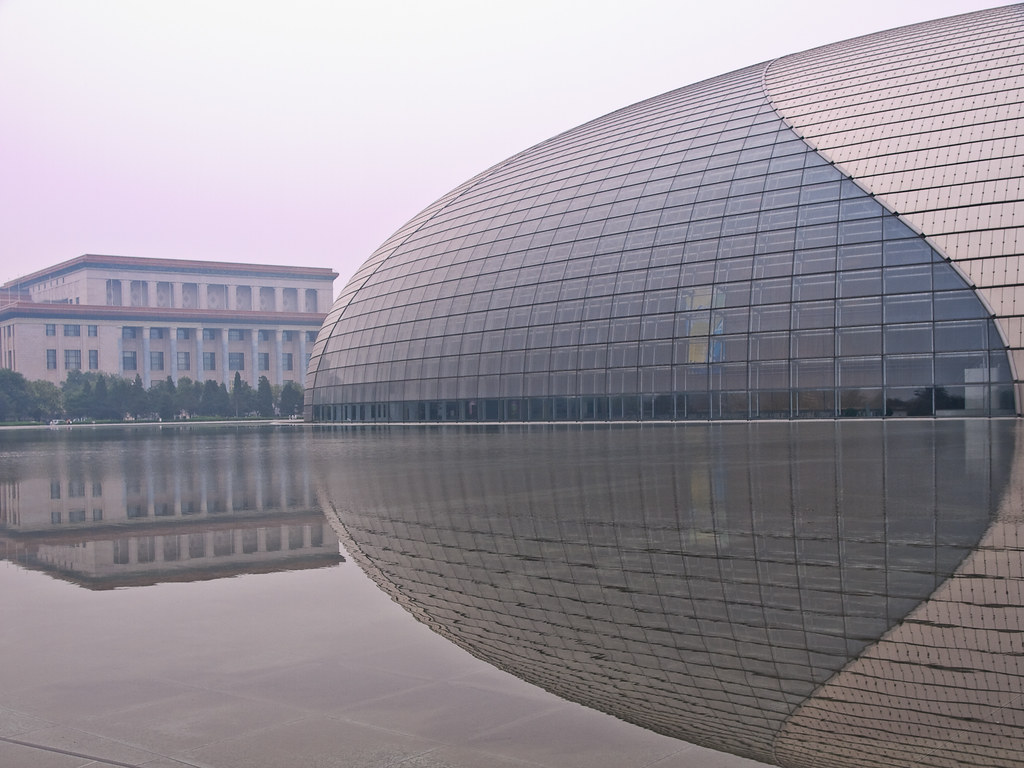Arts Entrepreneurship and Cultural Policy Innovation in Beijing
Abstract
This article analyzes three cultural entities in Beijing, China: National Centre for the Performing Arts, 798 Arts District, and Today Art Museum using two lenses: Kingdon's Multiple Streams Framework (MS) and concepts of arts entrepreneurship, in order to examine these entities' development and current condition. The performing arts center has become a source of national pride, the arts district now is one of the world's largest, and the museum paved the way for a new kind of “private” institution in China.
Concepts including policy streams, policy windows, and policy entrepreneurs ground the analysis. In order to enrich the perspective, we explore theories in the growing field of arts entrepreneurship and their applicability to the changing economic environment of China. We point to the realities of policy formation as well as the innovative economic growth fostered through arts entrepreneurship in China, grounding the analysis in a positivist perspective due to the opacity of the process in that country.
While Multiple Streams Framework is a powerful tool with which to understand and interpret policy formation, change, and adaptation, it is the arts entrepreneurship principles that provide important ways to look at creative commerce, both from the perepective of the individual and the organization. We find that, while each arts entity was formed under very different circumstances, they all now incorporate facets of arts entrepreneurship including brand building, market development, and audience growth.
Frameworks and theories must be flexible and resilient in order to be adapted to more diverse contexts. By reframing cultural policy and arts entrepreneurship theory to incorporate culturally relevant data, they each can provide valuable tools for scholars, policymakers, and municipal leaders. This allows the understanding of key theoretical components to expand, reflecting political and social realities while ensuring the relevance and viability of these analytical tools in multi-cultural contexts.





